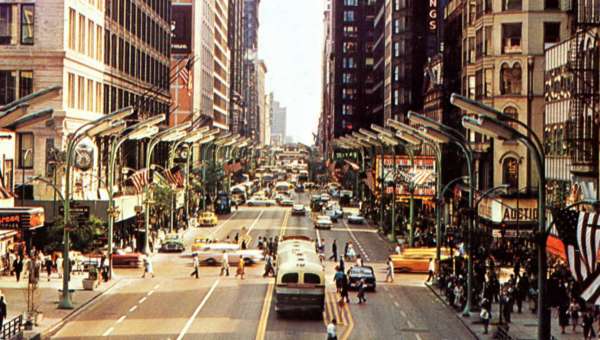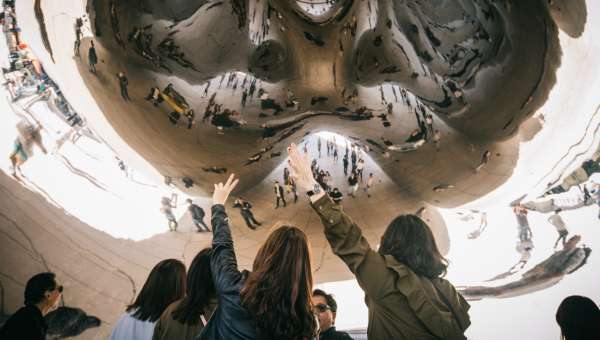Posted 18 months ago in Trending
2 MIN READ -- Welcome to the Loop, Chicago’s official downtown and everyone's neighborhood. The Loop's neighborhood boundaries are the Chicago River (north and west), Ida B. Wells Drive (south), and Lake Michigan (east). The southern boundary goes all the way to Roosevelt Road in context of Chicago’s 77 designated Community areas and census demography, but that definition also includes the neighborhood, which locals refer to as “South Loop.” There is also an area known as “West Loop” west of the river, but neither locals or geographical maps consider that neighborhood to be formerly part of “the Loop.”
All trains lead to the Loop! The Loop also locally refers to the section of the Chicago “L” (the elevated rail system) in which the Orange, Green, Purple, Brown, and Pink lines all create a loop around the heart of Chicago’s downtown. Some like to define the Loop neighborhood, as the area that is a short walking distance from that circular area of the tracks, which essentially creates the same area defined initially in this piece. All of the other Chicago Transit Authority rail lines, Red and Blue lines, also pass through the Loop as a critical component of their journey with the exception of the yellow line, which is the shortest train line at the northern point of the city that leads to the suburb of Skokie.
Chicago’s downtown area, which includes the Loop, is the largest central business district in the United State outside of Midtown Manhattan. It is also has the fastest growing residential downtown in the United States, and year after year, the city is consistently named the best big city in the U.S. ; one of the best cities in the world; and the top metro area for corporate relocation and growth.
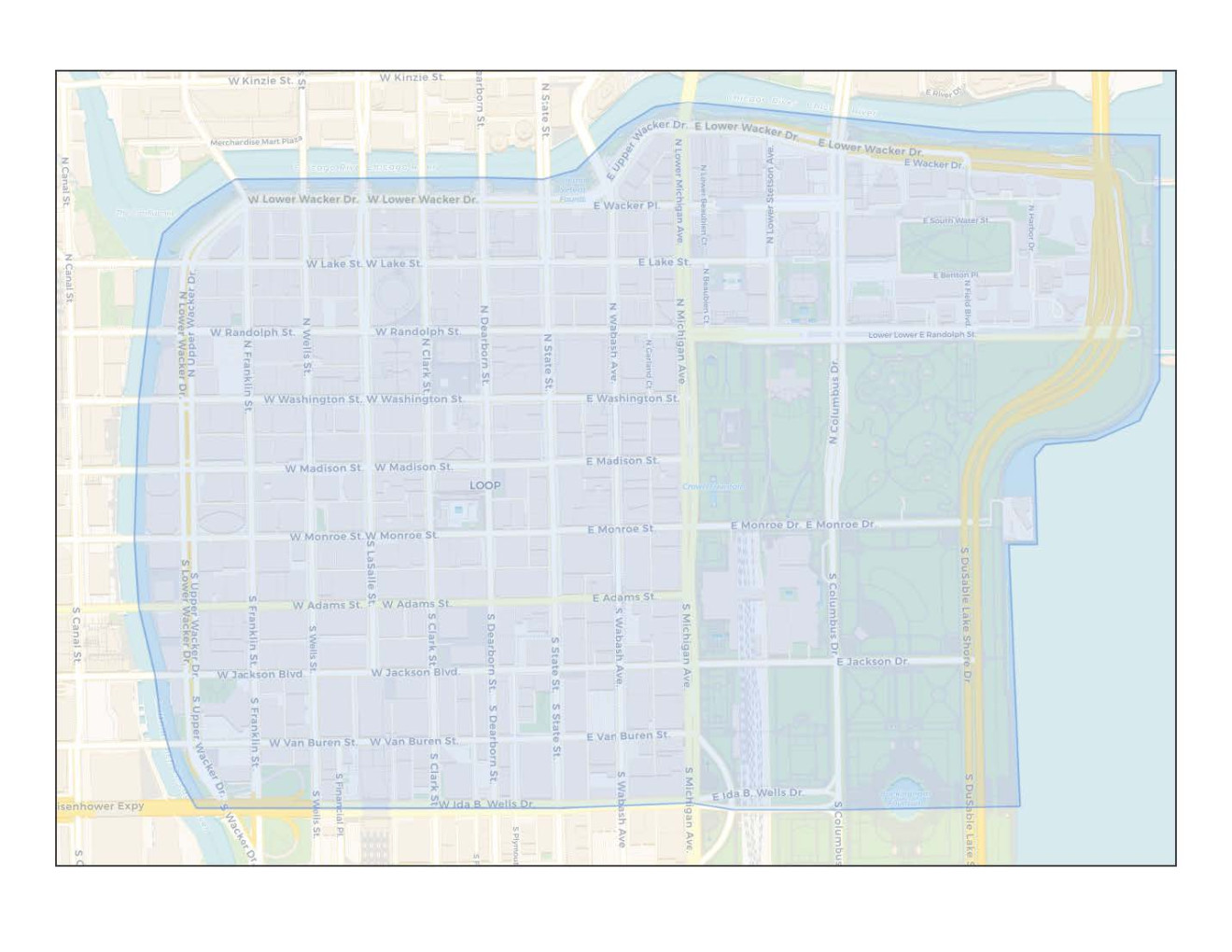
From shopping on State Street – “that great street” – to wandering one of the country's largest art museums, the Loop has something for everyone. The Loop is home to world-class cultural attractions like the Art Institute of Chicago, Chicago Cultural Center, the theatre district; public art; financial, educational, philanthropic institutions; restaurants and more. Many of the most iconic sites in Chicago are located in the Loop, including Cloud Gate (“the Bean”) in Millennium Park, Chicago Theatre, Willis Tower (formerly Sears Tower), Chicago Board of Trade, Picasso and Calder statues, Lakefront Trail, and the Riverwalk.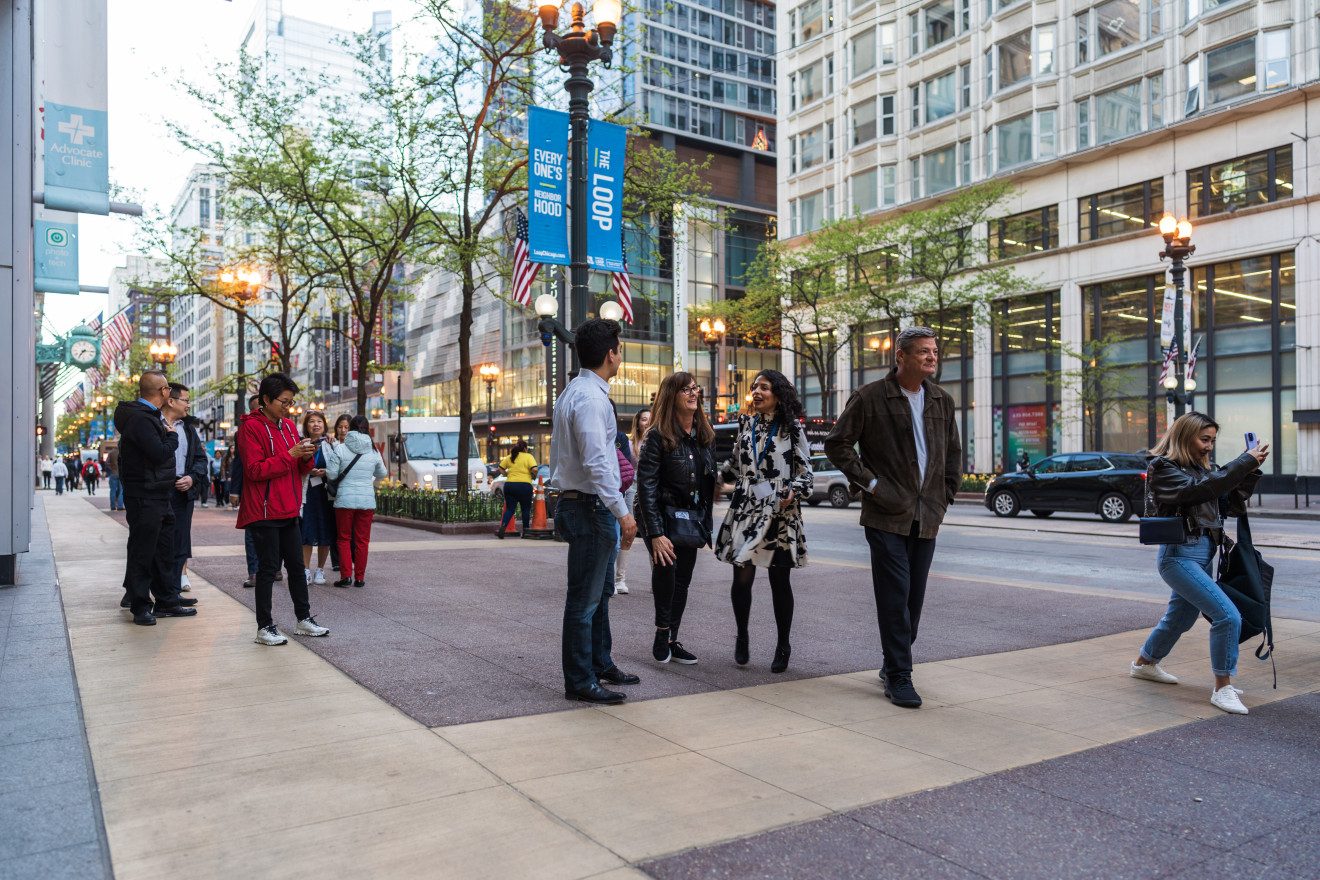
In addition to the spectacular sites everyone sees when they visit, work, or live in the Loop, it is the nexus of the city, the crossroads of Chicago. Did you know that State and Madison is where east/west and north/south addresses all hit zero in the city? People from every neighborhood in Chicago, and surrounding states, come to the Loop each day to work in the central business district.
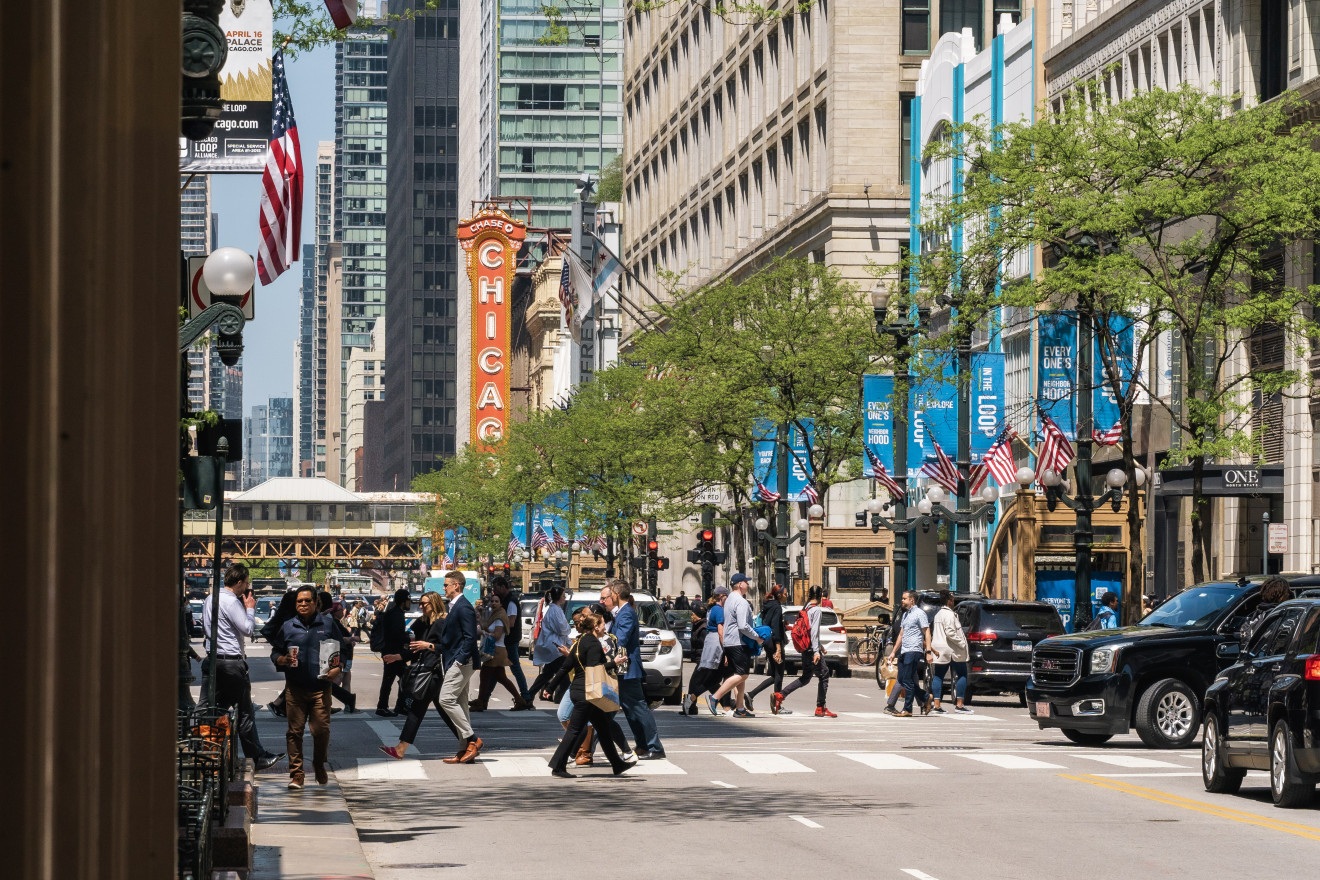
You haven’t really seen Chicago if you haven’t spent some time in the Loop.
If you have questions about the Loop, or want to get more connected with the local community and its key stakeholders, reach out to Chicago Loop Alliance.

